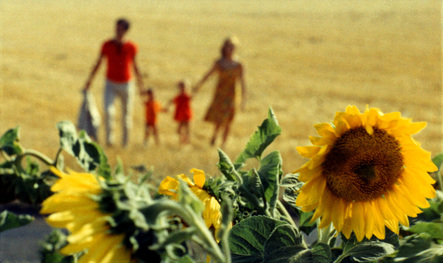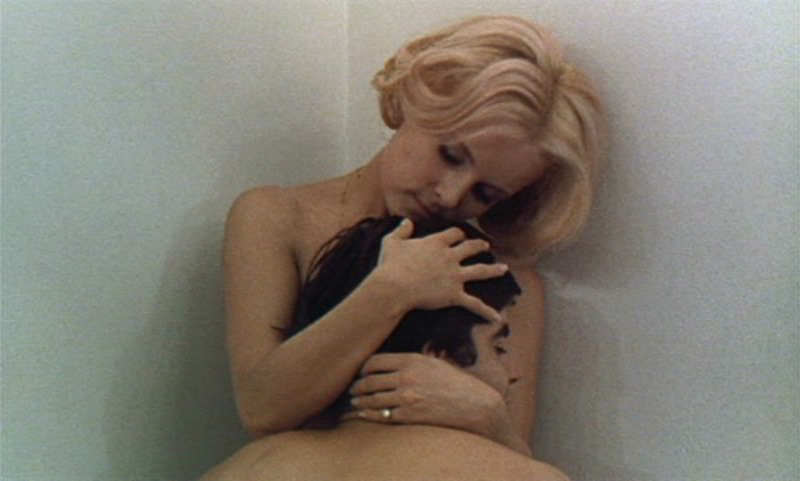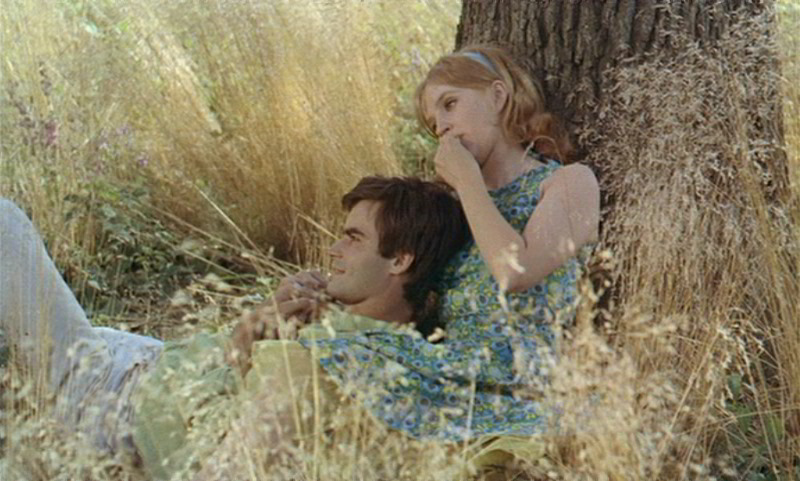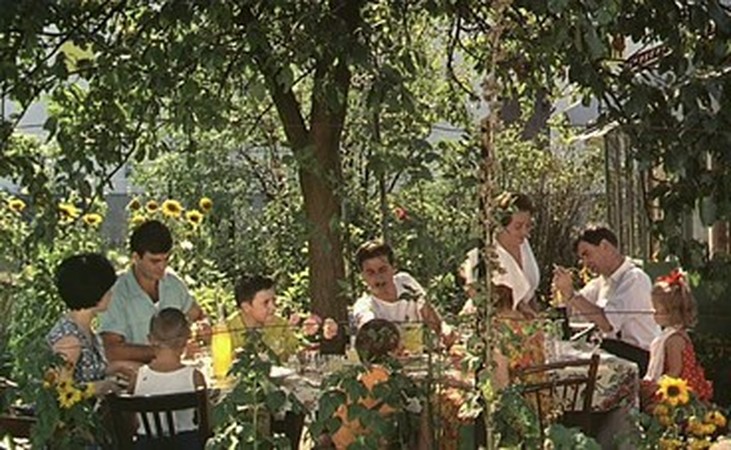 Agnes Varda's Le Bonheur (Happiness) is a stunning cinematic achievement, a film of impressive craft that delivers a highly-evolved examination of love. The film begins in the beautiful countryside, following the idylllic life of a young couple, Francois and Therese, who have two beautiful children. The couple are very much in love, but when Francois meets Emelie, an attractive postal worker, he begins to see his love spread thin between his wife and the new woman. Varda's film is a provocative and controversial achievement, a film that challenges its viewers to question their ideals about not only fidelity, but the idea of love itself. It's a film that is sure to generate discussion among both novice viewers and Agnes Varda enthusiasts alike, as Le Bonheur attempts to shatter the perception of love being something between only two individuals, as circumstance, time, and place, all play a important role in the discovery of love, affection and commitment. Varda never paint s Francois in a negative light, presenting him as a man who still loves his wife and family very much, with the filmmakers attempting to capture how the harshness of the world and inherent selfishness of nature is what truly challenges the ideals of love among humanity. I think Agnes Varda is saying that Love is an aspect of nature, being difficult to define and even harder to control. The ending supports this idea as well, ending in tragedy, with as the film displays the unpredictability of the world around us. While the themes and ideas of Le Bonheur are impressive, the way the filmmakers' tell this story from a visual perspective is what makes me consider calling this film a masterpiece. The filmmakers use of juxtaposition, editing, and composition are the work of a artist, with playful style of filmmaking that visual expresses the psychology of its characters. One of my favorite scenes of the film, where Francois meets Emelia, the mistress, for the first time at a coffee shop is a great example of the host of devices used by the filmmakers. As these two characters sit at the table, a young couple stands in frame behind Francois embracing with a kiss, with Le Bonheur injecting the scene soon after with two quick cut insert shots of signs in the window, one reading 'temptation' and the other 'mystery'. It's a stunningly crafted sequence which artistically captures the psychology of a married man's infatuation with another woman. The use of shot reverse shot is also a well executed device, used when Francois arrives at Emelie's apartment. When Emelie opens the door, the filmmakers use a quick and repetitive shot reverse shot sequence that expresses the excitement of these two characters, eliciting a sense of exuberance that is felt. Agnes Varda's Le Bonheur is a cinematic achievement of artistic precision which raises alluring questions about humanity, love, and forces of the world which we inhabit.
0 Comments
Leave a Reply. |
AuthorLove of all things cinema brought me here. Archives
June 2023
|



 RSS Feed
RSS Feed
